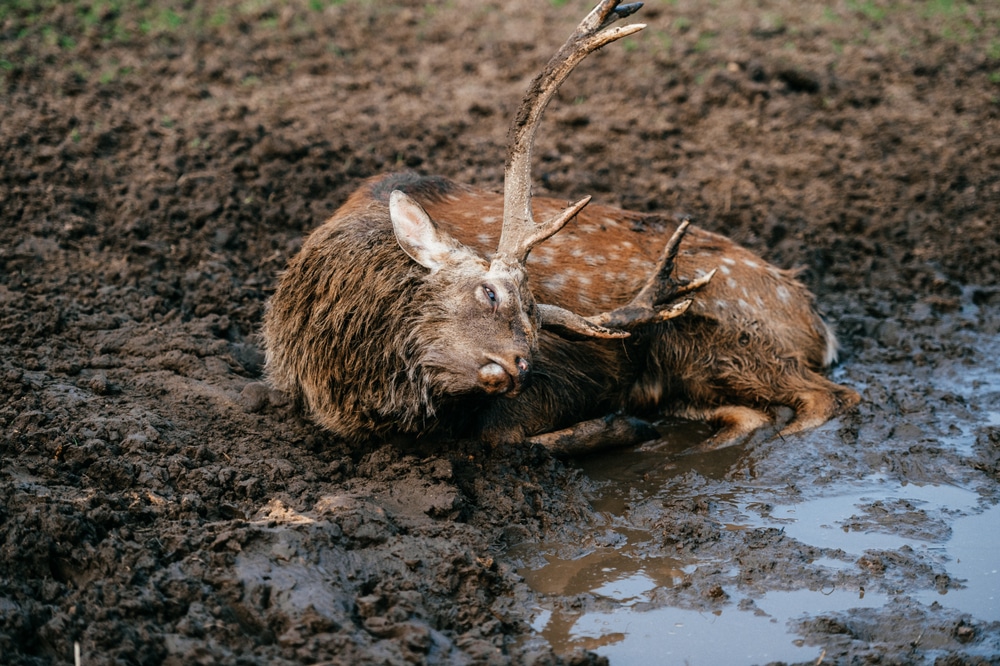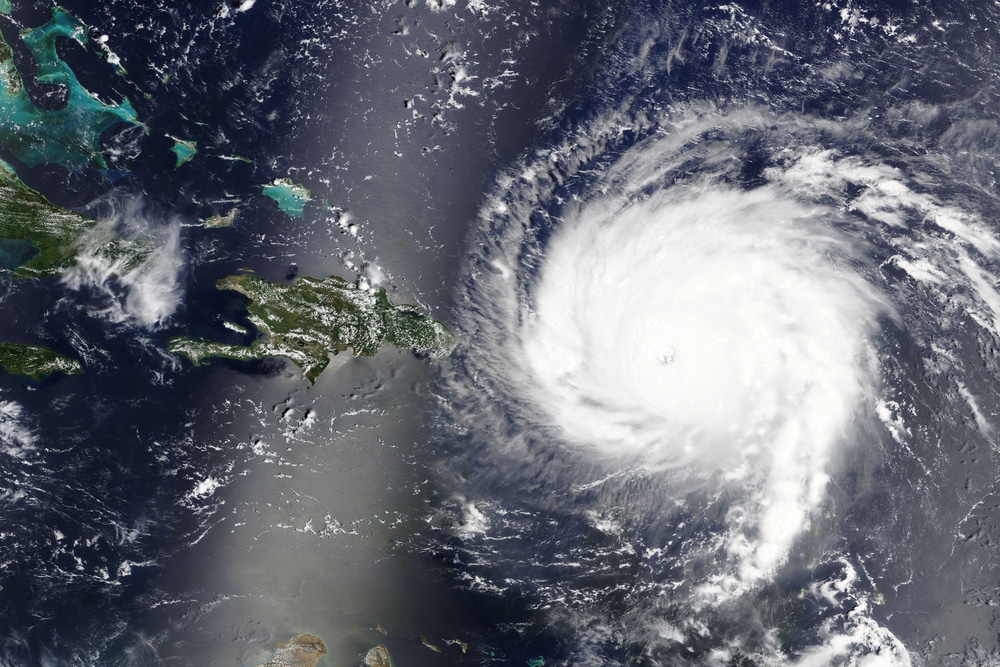Scientists are sounding the alarm over the spread of “zombie deer disease” amid fears it may evolve to infect humans.
Late last year, experts confirmed Yellowstone National Park’s first case of the infection — officially known as chronic wasting disease — after a deer carcass found in the Wyoming area of the park tested positive for the highly contagious disease.
Now, cases have been reported in deer, elk and moose in 33 states across the US, as well as in Canada, Norway and South Korea.
The disease “damages portions of the brain and typically causes progressive loss of body condition, behavioral changes, excessive salivation and death,” according to the New York State Department of Health. It is 100% fatal, and there are no treatments or vaccines.
“The bottom-line message is we are quite unprepared,” Michael Osterholm, an expert in infectious disease at the University of Minnesota, told KFF Health News earlier this month. “If we saw a spillover right now, we would be in free fall. There are no contingency plans for what to do or how to follow up.”
Scientists say the most likely way humans could contract the disease would be through the consumption of infected venison. However, there are currently no known cases of the disease in humans, even though up to 15,000 infected deer and elk are thought to be eaten each year.
But that does not mean the disease may not mutate. CWD is caused by misfolded proteins known as prions — and another prion disease first found in animals has evolved to infect humans.
Sabine Gilch, a researcher at Canada’s University of Calgary, recently explained how mad cow disease, known officially as bovine spongiform encephalopathy, “jumped the transmission barrier from animals to humans.”
“During the BSE crisis, BSE was transmitted through contaminated meat or food products to humans and caused a new form of human prion disease, called variant Creutzfeldt-Jakob disease,” she explained.
While Creutzfeldt-Jakob disease is not transmitted person to person by direct contact or airborne spread, scientists believe CWD could be.

















